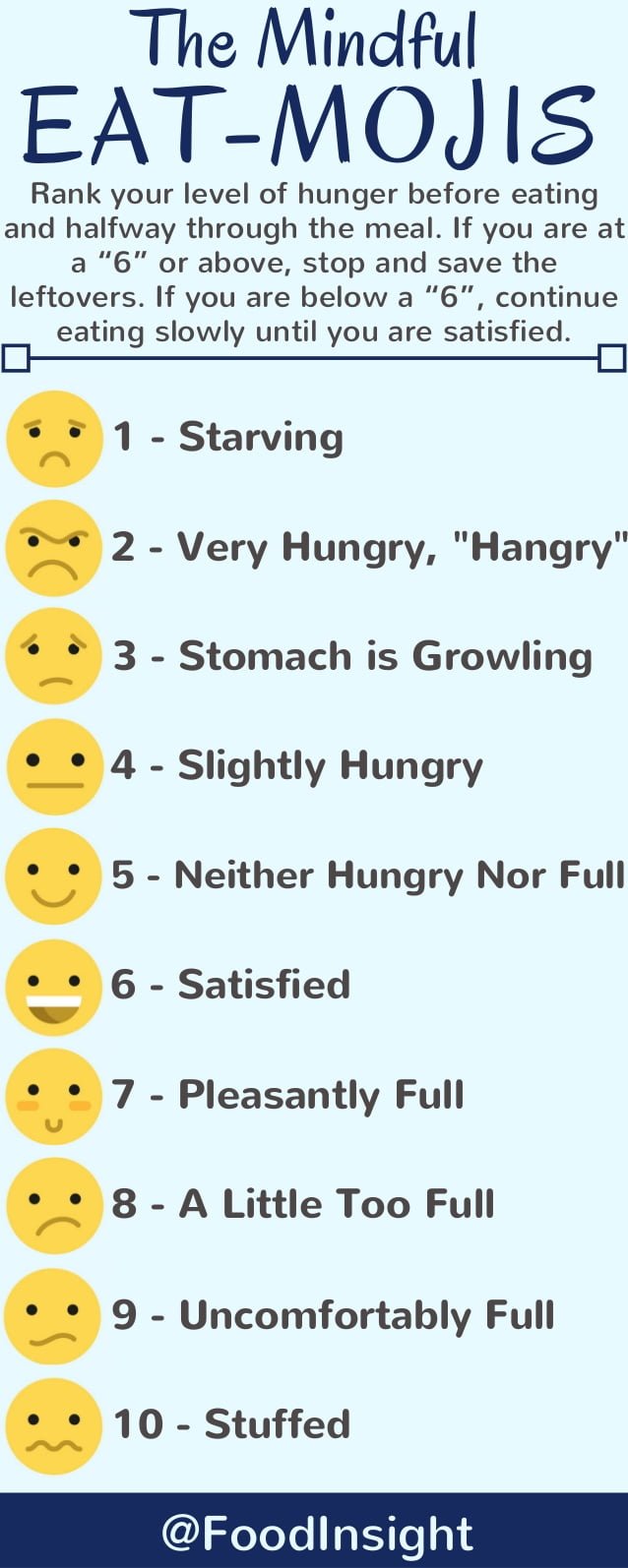In our globalized, media-driven world, it’s easy to get caught up in never-ending to-do lists of everything we want to accomplish—especially when we can see in real time how productive everyone else appears to be. “Busy” has become a badge of honor, one that we’re often tempted to wear even if it means we sacrifice things like rest and leisure. Forgetting to check in with ourselves can become all too familiar a habit—including during mealtimes.
There are many benefits to slowing down our schedules and practicing mindfulness, with an increasing number of them being researched and highlighted in our mainstream media each year. Experts say that the key to mindfulness is awareness—being present with what we’re feeling and doing in a given moment. The concept may sound pretty self-explanatory, but it can be harder to implement than we might think. Recall the last moment you were truly alone. What did you do? Did you sit and notice your surroundings, or did you distract yourself with chatting or playing videos on your phone, listening to music, or other activities like watching TV?
Even though in today’s world we seem more connected to our health than ever with apps that track our eating, sleep and mood, many of us have never been more disconnected from our own bodies or from our relationship with food. Some of us have become accustomed to eating meals or snacks because we “should” or because we’re bored. This can look like going through the motions without noticing the characteristics of our food or considering why we are eating at certain times of the day. For example, do we pull out our sandwiches at noon “because it’s lunchtime,” out of habit, or due to our work schedule—even if we don’t necessarily feel hungry? Or maybe we were we hungry earlier but decided to wait for an “acceptable” time to eat?
It’s also common for us to use food to cope with emotions like stress, anxiety and sadness. Food is emotional to us—we form strong connections to certain types of foods over the course of our lives based on how we’ve felt when we’ve eaten them. Eating when we’re feeling strong emotions (including positive ones) is not inherently bad, but as with most other things, it’s the dose that makes the poison. Food shouldn’t be the only way we cope with life’s stresses—or celebrate its victories.
So, how can we become more connected to and aware of our relationship with food? One way is through using mindfulness techniques while we eat. Doing so may make the eating experience more satisfying and beneficial for our overall health. Simple techniques like sitting down while we eat, putting our phones away and giving ourselves a few minutes to notice the tastes, textures, temperatures, and other aspects that contribute to how we enjoy the food we’re eating are just a few examples. These simple (but more challenging than meet the eye) actions can change the way we engage with our food.
If you’re new to the mindful style of eating, it may be helpful to start by eating slowly with minimal distractions. Hunger scales, like the one we’ve created below, are a great complement to a mindful mealtime.
Use the Mindful Eat-mojis to gauge your hunger before you start eating. Check in halfway through the meal. If you are at a “6” or above, stop eating and save the leftovers. If you are below a 6, continue eating until you are satisfied. This tool can help you get back in touch with your internal hunger cues and lead to healthy adjustments in the timing and amount of your eating.

